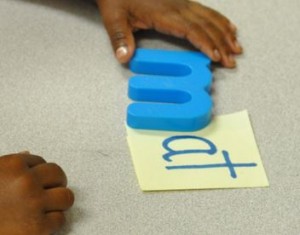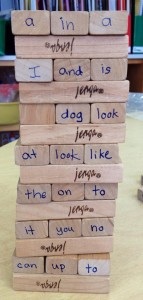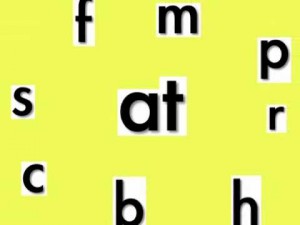Understanding the Reading Process – The Big Six
I am really enjoying reading Konza’s series of articles on Understanding the reading process. She has synthesised the research beautifully and written the articles in a practical and teacher-friendly way. I wish I had known a lot of these things when I was first teaching in the early years.
So far, I have summarised oral language and phonological awareness – two incredibly important foundational skills for reading, writing and spelling. Today’s blog will look at the section on phonics in her first paper and the supporting article Phonics.
Phonics
 Phonics is understanding there is a relationship between the individual sounds (phonemes) of spoken language and the letters (graphemes) of written language. Once children understand that word can be broken up into a series of sounds, they need to learn the relationship between those sounds and letters – ‘the alphabetic code’ or the system that the English language uses to map sounds onto paper (Konza, 2011).
Phonics is understanding there is a relationship between the individual sounds (phonemes) of spoken language and the letters (graphemes) of written language. Once children understand that word can be broken up into a series of sounds, they need to learn the relationship between those sounds and letters – ‘the alphabetic code’ or the system that the English language uses to map sounds onto paper (Konza, 2011).
There is a lot of debate around how and when phonics should be taught but Konza stated that the empirical evidence points towards a synthetic approach. My summary will focus on this approach. The single letters and common letter combinations are taught in a discrete, systematic and explicit method that facilitates blending.
Early blending is critical and begins as soon as students know letters can be blended into vc or cvc words. This is then practised in easy, decodable text which will benefit all students but particularly those who are struggling to learn the relationships quickly. Decodable texts should be a short-term strategy to build automaticity and fluency needed to read for meaning.
Although simple, decodable texts are used to practise phonics, the research is very clear that children should be using their newly developed phonic skills in the context of motivating, connected text as soon as possible and that they should continue to have high quality texts read to them (Konza, 2011).
I really like how Konza stresses the importance of phonics instruction for most beginning and all struggling readers but that it has be to be part of a balanced reading program, one that includes rich oral language instruction and modelled and guided reading. She also states that phonics instruction should never take more time in a day than the other elements of the literacy program.
Konza also states that phonics instruction will not assist students when they encounter irregular or sight words. Sight words need to be taught explicitly and systematically, followed by regular practise in context.
Sight words need to be taught explicitly and systematically, followed by regular practise in context.
The goal of teaching phonics and sight words to the point of automaticity is rapid word recognition. Immediate and accurate recognition of words allows the reader to concentrate on meaning rather than decoding.
When to start and for how long?
If phonics instruction begins in prep, single letter-sounds and common combinations should be completed by year 1. By this time, letter-sound knowledge should be automated and students should be able to read simple material accurately and comprehend it. Phonics instruction continues after that in the form of spelling instruction and word analysis and continues until students are competent.
Guidelines for teaching phonics systematically
- Teach letter-sound correspondences: in a sequence that introduces the most common sound for a letter; that occur frequently; and to begin with, separate those that look and sound alike.
- Begin with continuous sounds (/s/, /m/ and vowels) as they are easy to blend.
- As soon as students know letter-sounds that blend into words, help them combine them with magnetic letters.

- Provide practice with connected text comprised mainly of simple vc and cvc words (eg Fitzroy and Dandelion series).
- Extend phonics instruction beyond single letter-sound correspondences to include more complex letter patterns (double letters, consonant digraphs eg th, ch), vowel digraphs (eg ea, ai, ou) and vowel consonant digraphs (eg aw, ay, oy) and other commonly occurring patterns (eg –igh, -ear) in junior and middle primary years.
- Extend phonics instruction to include morphological elements and structural analysis in upper primary years.
NB Do not hold students back if they are moving quickly through the sequence – the speed with which some children learn this material when explicitly taught can be surprising.
Like phonological awareness, phonics is not an entire reading program for beginning readers. Young children should also be listening to stories and information texts, reading texts both aloud and silently, and writing letters, words, messages and stories. The explicit and systematic teaching of phonics in the beginning phases of reading instruction assists students to master the code that underpins the written form of our language. The goal is for students to read for purpose – reading to understand, learn and enjoy.

